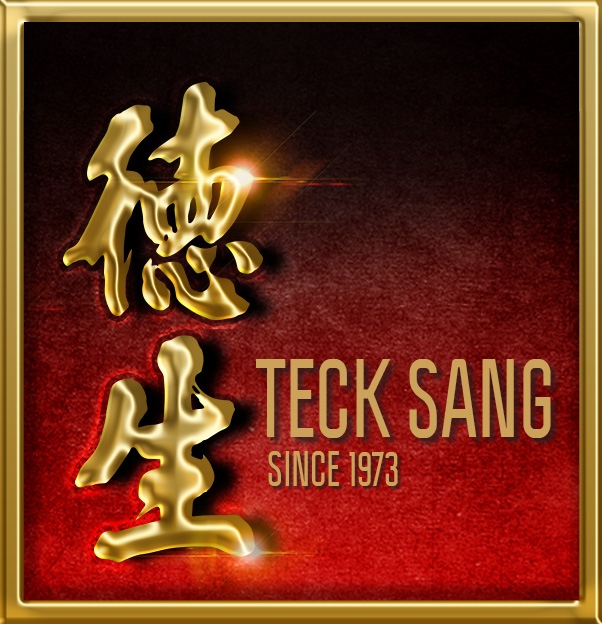Wild vs Farmed Abalone: Chuen Jia Fu Featured in Shin Min on Price Changes Amid China’s Production Surge
We’re Featured in Shin Min Daily News: Exploring Wild vs Farmed Canned Abalone!
We’re thrilled to announce that Chuen Jia Fu (全家福) has been featured in Shin Min Daily News, one of Singapore’s leading publications, just in time for the Lunar New Year! The article dives into a fascinating topic: the differences between wild and farmed canned abalone, Canned abalone pricing trends and how these variations impact taste, texture, and price.
Wild abalone offers premium quality, with its larger size and naturally rich flavor making it a favorite for festive dishes. In contrast, farmed abalone brings affordability and accessibility, thanks to its smaller size and high production rates. The balance between tradition and modern convenience has sparked curiosity among seafood lovers, especially during this season of abundance.
Why do wild abalone command higher prices? How does the rise in farmed abalone production influence your choice for Lunar New Year feasts? These are just a few of the questions tackled in the article.
Curious to learn more about what makes each type of abalone special? Continue reading to see the full feature on Shin Min Daily News and discover how Chuen Jia Fu is part of this exciting story!
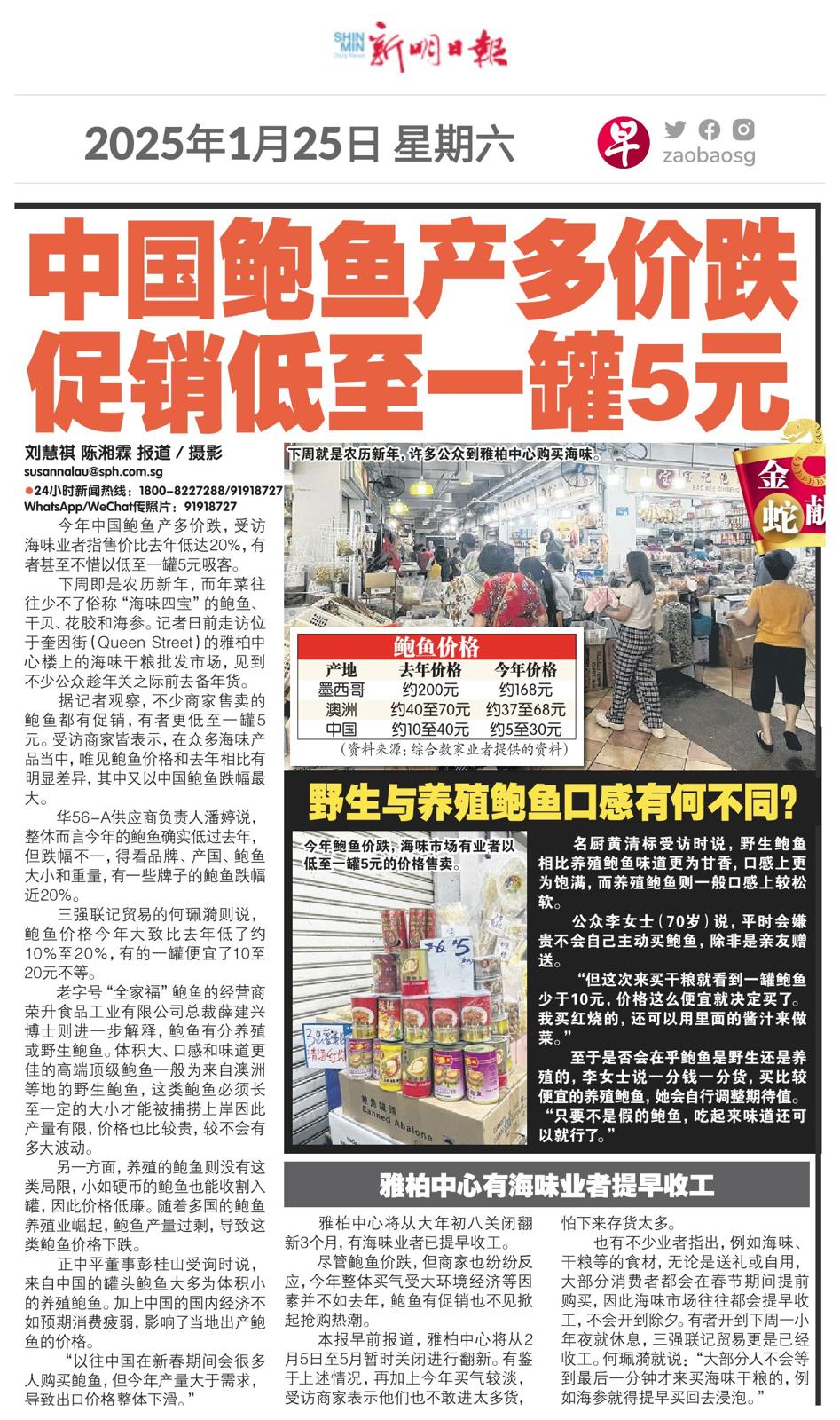
English Translation of the above Article from Shin Min Daily News
By Liu Huiqi and Chen Xianglin
Next week marks the arrival of the Lunar New Year, and many shoppers are heading to Upper Cross Street's Yue Hwa Centre to buy dried seafood.
This year, China's increased abalone production has led to a price drop. Interviewed seafood merchants said prices have fallen by up to 20% compared to last year, with some offering cans for as low as 5 dollars to attract customers.
Next week is the Lunar New Year, and festive dishes often include the "Four Treasures of the Sea": abalone, dried scallops, fish maw, and sea cucumber. Recently, a visit to the dried seafood wholesale market on the second floor of Yue Hwa Centre in Queen Street showed many people stocking up for the celebrations.
According to observations, many merchants are offering abalone promotions, with prices as low as 5 dollars per can. Interviewed merchants said that, among various dried seafood products, only abalone has shown a significant price difference compared to last year, especially Chinese abalone, which has experienced the largest price drop.
Price Differences
Pan Ting, head of supplier Hua 56-A, stated that while abalone prices are generally lower this year, the drop varies depending on brand, origin, size, and weight. Some brands have seen prices decrease by nearly 20%.
He Peiyi from Sanqiang Lianji Trading mentioned that abalone prices have dropped by roughly 10% to 20% this year, with cans being 10 to 20 dollars cheaper.
Dr. Andrew Seit, President of Yong Sheng Food Industrial Co., Ltd., which operates the "Chuen Jia Fu" (全家福) abalone brand, explained that abalone can be categorized as either farmed or wild. High-end premium abalone, typically wild-caught from regions like Australia, tends to be larger and offers better taste and texture. These abalones must grow to a specific size before being harvested, resulting in limited supply and higher, more stable prices.
Abalone Price Chart
| Origin | 2024 Price | 2025 Price |
|---|---|---|
| Mexico | Approximately $200 | Approximately $168 |
| Australia | $40 to $70 | $37 to $68 |
| China | $10 to $40 | $5 to $30 |
| Source: Data provided by various seafood merchants |
Teck Sang has Singapore's largest range of Canned Abalone for CNY 2025.
| Image | Product | Features | Price |
|---|---|---|---|
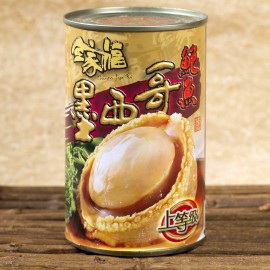 |
Check Price | ||
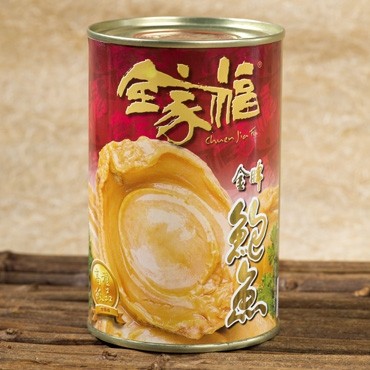 |
Check Price | ||
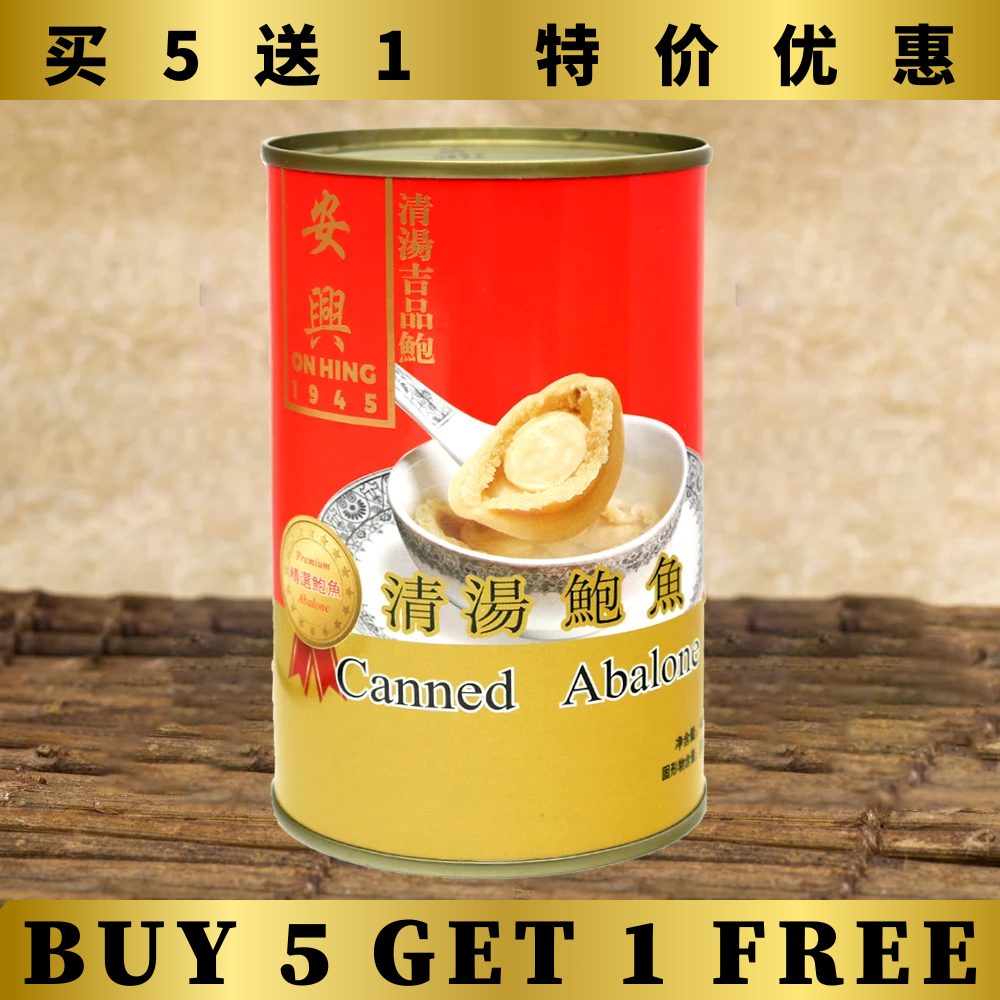 |
[CNY PROMOTION】-【BUY 5 GET 1 FREE】 1 CAN = $9.00 6 CANS = $54.00 $45.00 ONLY!
|
Check Price |
Taste Differences Between Wild and Farmed Abalone
Celebrity chef Huang Qingbiao mentioned that wild abalone has a sweeter and fuller taste compared to farmed abalone, which often has a softer texture.
Madam Li, 70, shared that she typically avoids buying abalone due to its high cost, unless it’s gifted by friends or relatives.
"But this time, I saw cans of abalone for less than 10 dollars, which was such a good deal that I decided to buy one. I bought the braised version and plan to use the sauce for cooking."
When asked whether she cared if the abalone was wild or farmed, Madam Li replied that "you get what you pay for." She adjusts her expectations when buying cheaper farmed abalone.
"As long as it’s not fake abalone and tastes okay, I’m satisfied."
On the other hand, farmed abalone does not have the same limitations. Even coin-sized abalone can be harvested and canned, making them more affordable. The rise of abalone farming in various countries has resulted in an oversupply, leading to price declines for this type of abalone.
Peng Guishan, director of Zheng Zhong Ping, explained that most canned abalone from China consists of smaller, farmed varieties. Coupled with China’s weaker-than-expected domestic economy and sluggish consumer demand, prices for locally produced abalone have been affected.
"In previous years, many people in China bought abalone during the Lunar New Year, but this year, production has outpaced demand, causing export prices to decline."
Yue Hwa Centre Seafood Merchants Closing Early
Yue Hwa Centre will temporarily close from February 5th to May for renovations. Some seafood merchants have already closed early, fearing excess stock.
Several merchants noted that despite the drop in abalone prices, overall consumer demand this year is weaker than last year due to economic conditions. Festive dried seafood and groceries, whether for gifting or personal use, are typically purchased in advance of the New Year. This often leads to early closures for the market.
Earlier reports mentioned that Yue Hwa Centre would close for renovations after the Lunar New Year. Merchants observed a drop in demand this year and were cautious about overstocking.
Some merchants have decided to close as early as next Monday. Sanqiang Lianji Trading has already closed. He Peiyi commented, "Most people won’t wait until the last minute to buy dried seafood. For example, sea cucumber needs to be soaked in advance."
FAQs for Abalone Price Drops and Lunar New Year Seafood Purchases
-
Why are abalone prices so low this year compared to last year?
- In 2025, China's increased abalone production has created an oversupply, leading to a significant price drop. Factors such as a weaker domestic economy and decreased consumer demand during the Lunar New Year have further contributed to the decline.
-
What is the difference between wild-caught and farmed abalone?
- Wild-caught abalone, typically sourced from places like Australia and Mexico, is larger, tastier, and has better texture. It requires more time to reach harvestable size, making it more expensive and less subject to price fluctuations. Farmed abalone, on the other hand, can be harvested when smaller, making it more affordable but less premium in quality.
-
How can I tell if the abalone I’m buying is wild or farmed?
- Check the product label for details about the country of origin and the type of abalone. Wild abalone is often marketed as premium or gourmet, while farmed abalone may be labeled with terms like "cultured" or "aquaculture."
-
Is the lower price of abalone affecting its quality?
- The price decrease is primarily due to an oversupply of farmed abalone. While farmed abalone may not match the quality of wild abalone, it is still a popular option for festive dishes due to its affordability.
-
What should I consider when purchasing canned abalone?
- Look for details such as the size, weight, and brand reputation. Check the expiration date and ensure the product is sourced from a reliable country known for quality production, such as Australia or China.
-
Why are farmed abalone prices dropping more than wild abalone?
- Farmed abalone production is less restricted by natural factors, allowing for higher yields. The global rise in abalone farming has resulted in an oversupply, driving prices down.
-
How does the economic situation in China impact global abalone prices?
- A weaker Chinese economy has reduced domestic demand for abalone, especially during the Lunar New Year. With lower local consumption, more abalone is available for export, reducing global prices.
-
What are the best uses for canned abalone in Lunar New Year dishes?
- Canned abalone is commonly used in festive dishes like braised abalone with mushrooms, Pen Cai, Yusheng, seafood soups, or stir-fries. Its versatility makes it a favorite for adding a luxurious touch to traditional meals.
-
Are there any risks in purchasing cheap abalone?
- While lower prices can be enticing, consumers should verify the product's quality and origin to avoid substandard or counterfeit goods.
-
How should abalone be stored for maximum freshness?
- Canned abalone should be stored in a cool, dry place. Once opened, unused portions should be refrigerated in an airtight container and consumed within a few days.
